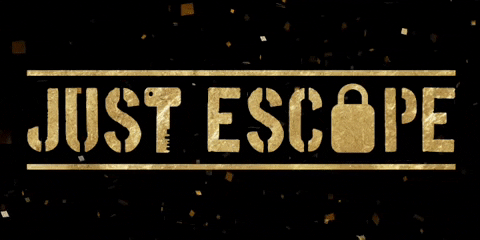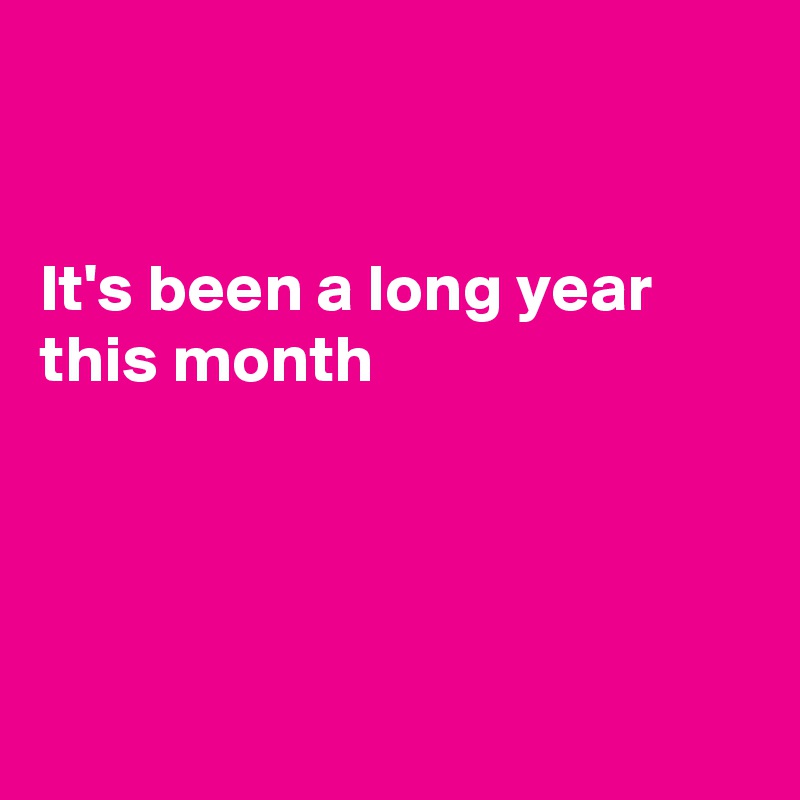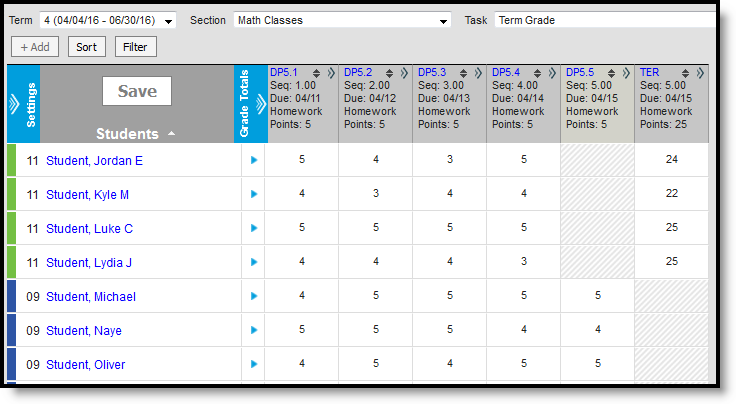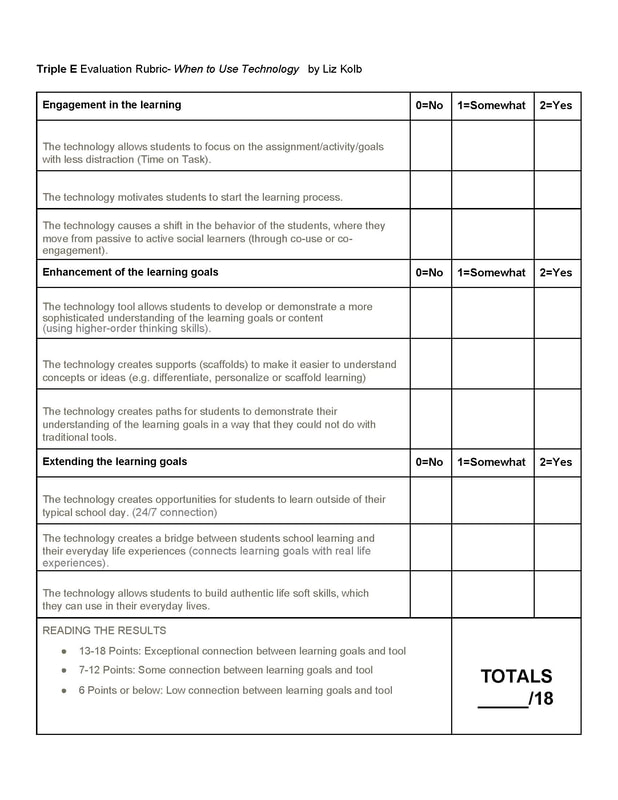Escape rooms aren't new, but they are a game-based learning technique worth dusting off when review threatens to get stale. Kids as young as preschool can find success with these tasks when provided the right modeling and support!
The Benefits
We recently observed a 4th grade teacher using an escape room in math to review place value/rounding. In addition to the benefit of the task being fun and academically engaging, the teacher and students experienced additional academic and SEL benefits. According to the teacher:
One of the greatest parts about using the [digital] escape rooms is the computer knows the correct answer so the students are provided with direct feedback as to whether their response is correct or incorrect. This allows for me to be able to assist students without having to provide each student in the class with feedback (checking their work immediately).
Students love the challenge of attempting to "escape" and they dive right into each escape room, determined and ready to solve any problem. I typically have them work in partnerships/small groups in order to be able to discuss and share their thinking. Many times, there is quite a bit of dissonance taking place and I absolutely love it. I am consistently telling them to persevere and they own it!
This aligns with the research: in addition to supporting motivation, game-based learning contributes to stronger problem-solving skills, language development, memory, self-esteem, and cooperative work skills.
Planning an Escape
There are many pre-made escapes and templates you can use to build your own escape room, such as those that use Genially or Google forms or Google sites.
But really, before doing any of that (admittedly fun) stuff, be sure you have a clear picture of the skills you want your escape room to test: what is the focus? How will the applications show student mastery of the concepts and skills you have been covering in class?
If an escape room sounds like something you want to do, someone from TLI would love to support you in the planning process, whether it is helping with the template, the plan, or even just connecting you with another teacher who has used an escape room in your content area or grade level.
Game on!








